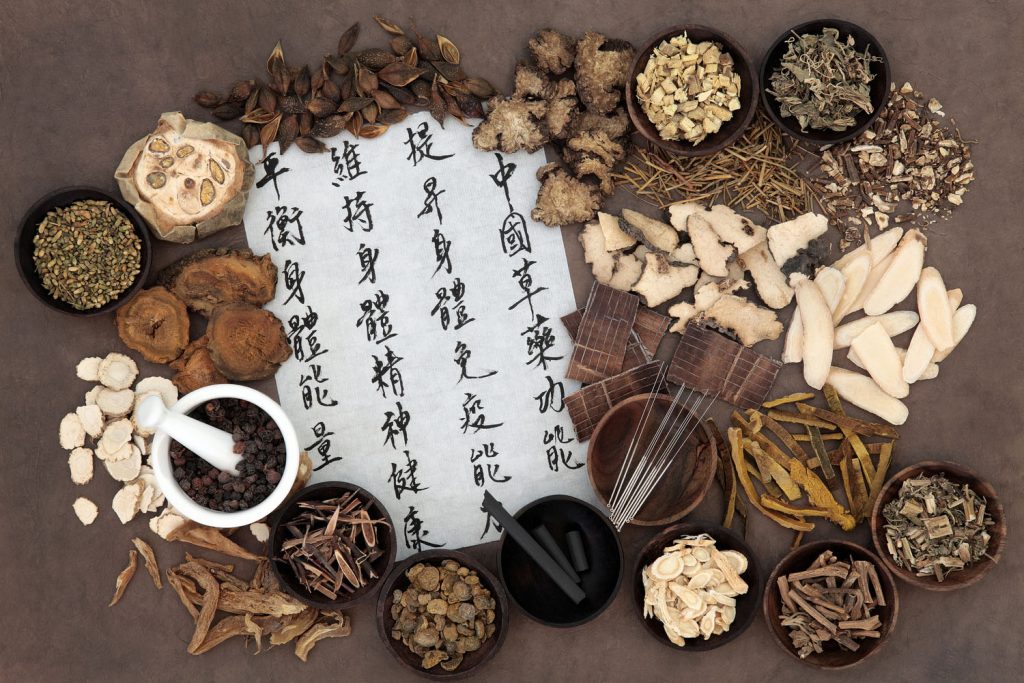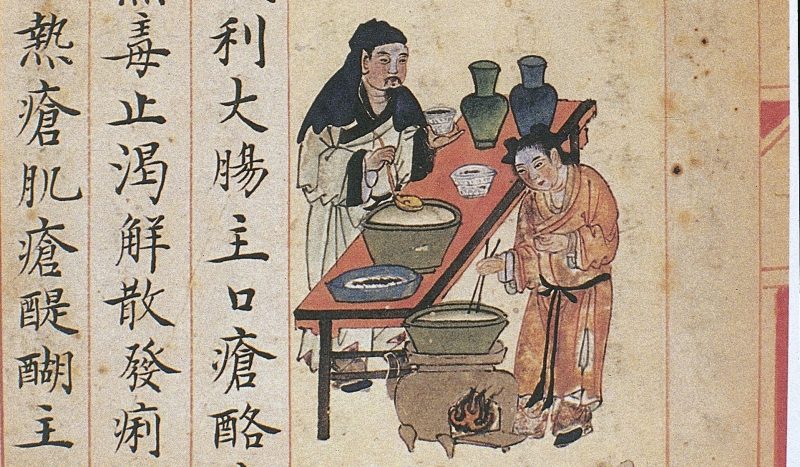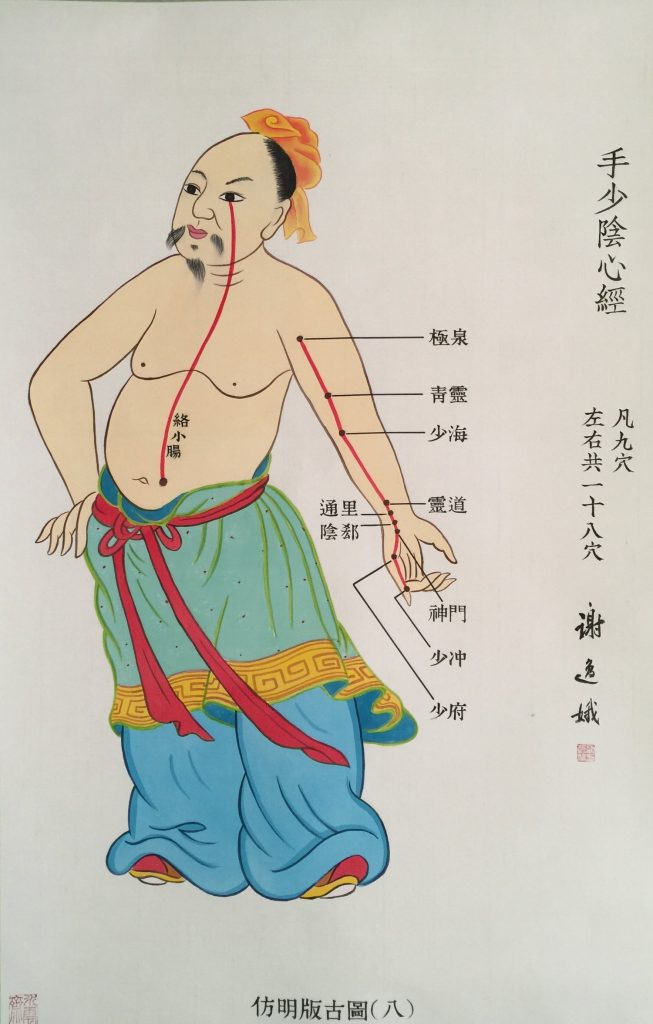Ancient Chinese medicine is a healthcare practice. It has been the go-to for all ailments and diseases in China for at least 23 centuries. That really is impressive!

Ancient Chinese medicine attempts to prevent or treat disease. It does so by preserving or reestablishing the yin-yang balance. China has one of the world’s oldest medical systems. However, how do these practices compare to modern age treatments?
In this article, we will look at how ancient Chinese medicine became so popular. How did it rise to fame? Most importantly, is it still holding strong today, despite modern treatments?
Let’s jump right in.
The Main Idea of Ancient Chinese Medicine
Traditional Chinese healers attempt to reestablish a dynamic balance. This balance is between yin (passive) and yang (active) forces. Yin and Yang dominate both the human body and the cosmos. They play a huge part in how the body, mind, soul, and even the universe exist. Thus, they are very important according to Chinese tradition.
Per ancient Chinese medicine, a person is in good health when these two forces are balanced. Therefore, you get sick only when this balance is off.

The Chinese healer can use a wide range of methods to restore this harmony. The patient may receive care by different treatment styles. Cupping, moxibustion (moxa therapy), acupuncture, or even acupressure. Acupressure is where you pull blood to the skin barrier. Usually, healers use hot glass cups to do this.
The main objective is to use plants and animal by-products to treat any and all illnesses.
The Strong Belief in Ancient Chinese Medicine
The three emperors, Fu Xi, Shennong, and Huangdi, had huge interests in medicine. Fu Xi’s Bagua, or “eight trigrams,” may come to mind here. It is the conceptual idea for astrological, philosophical, and medicinal thought.
Shennong was also called The Divine Husbandman, credited as the father of Chinese medicine. Let’s look at how each of the emperors helped ancient Chinese medicine.
Fu Xi and Bagua
Eight trigrams, or three line symbols, of both continuous and broken lines, make up the Bagua. The continuous lines, known as yang, essentially stand for all that is masculine. Meanwhile, the broken lines, known as yin, symbolize everything female. Rather than being opposites, yin and yang complement each other. They exist in harmony. One hoisting up the other and, therefore, creating balance.
In terms of Chinese medicine, everything is either yin or yang. The ancient Chinese doctor tried to balance these two traits to treat illnesses.
The spleen, lungs, and kidneys are Yin, while the heart and liver are Yang. A disease is Yin when it results from internal causes. It becomes Yang when it results from external causes. Purgatives, bitter things, and cold infusions are Yin drugs. Re – solvents, pungent substances, and hot liquids are Yang drugs. The inside of the body is Yin; the surface or skin is Yang. Both Yin and Yang are everywhere. Especially in the micro structure of the human body as well as the macro structure of the entire globe.
Shennong and the Shennong bencaojing
According to tradition, the Red Emperor, Shennong, was born in the 28th century BCE. His father was a heavenly dragon, and his mother was a princess. He taught his people how to plow, farm, and harvest.
In the Divine Husbandman’s Classic of Medicine, he wrote down most of this knowledge. The medications were classified as:
- Superior (non – poisonous and rejuvenating),
- Medium (possessing some toxicity depending on dose and exerting tonic effects),
- Inferior (poisonous, but able quickly to reduce fever and cure indigestion).
Shennong is often regarded as the founder of Chinese medicine. This is despite most experts now agreeing that the Shennong bencaojing was composed around the time of Christ.
Huangdi and the Huangdi neijing
The Huangdi neijing has served as the ultimate authority in China on medical matters. This was true for more than 2,000 years and several editions.
The development of the nine acupuncture needles is definitely Huangdi’s greatest gift to medicine.

According to legend, Huangdi personally learned about diagnosis, the pulse, and other medical topics from gods and immortals. The “nine gourd powder” and “nineteen gold and silver prescriptions” formulas were presented to Huangdi.
Additionally, he obtained the prescription needed to make the “nine tripod pills.” He cooked each of these on his unique stoves. Thousands of tigers and leopards visited his house to take turns assisting with the fire in this busy stove. Huangdi was taken to paradise by a yellow dragon once the last pill had been prepared. His most devoted ministers and 70 of his concubines traveled with him on this last trip.
Ancient Chinese Medicine: Is It Still Relevant?
This concept of Yin/Yang is also relevant in modern age medical treatments. Take the genetic condition of hereditary breast cancer and the BRCA1 and BRCA2 as an example. The linked genes use the yin-yang concept for analysis. The principle of natural law is clear. It states that if the unfit gene exists, a fit gene to counter it also exists.
There is always one that produces energy and one that opposes it. That is how there is balance within the body. There are two parallel programs. One that casues sickness and the other that prevents it.
There are 7,300 plant species that are used as medicines in China. Around 200 contemporary medications have been created from those plants. For instance, the Chinese plant mahuang was the source of the initial isolation of ephedrine. It is an alkaloid that treats asthma.
Researchers are still finding compounds in Chinese herbal treatments. They believe these might help create effective drug agents in Western medicine. If this happens, the overlap will make Ancient Chinese Medicine quite relevant today. Right?
Conclusion
Ancient Chinese medicine has its own fan base. There is a reason why our parents and forefathers still seek traditional help. There is also a reason why so many of us are familiar with Tiger balm and its relieving properties. Ancient Chinese medicine is still competitive with modern age drugs despite its long age.
The yin-yang principle plays a key role in medicine, even today. And besides, the ancient craft of Chinese medicine has survived for hundreds of years. Hence, it’s hard to bet against its relevance, especially since it offers a more holistic approach. This means a whole treatment.
Did you like reading about ancient Chinese medicine? It truly is an engaging subject, and it is great how strong it holds up, even today. You can find more related stuff on our blog. So, why not continue reading? You can start with a couple of posts. For example, How the Mongolian Influence is Still Prevalent in China and How Mortality in China Remains Exceptionally Low. These are only a few of the types of posts on Chinese culture.
Stay safe! Happy reading!
Edited by: Syed Umar Bukhari.



